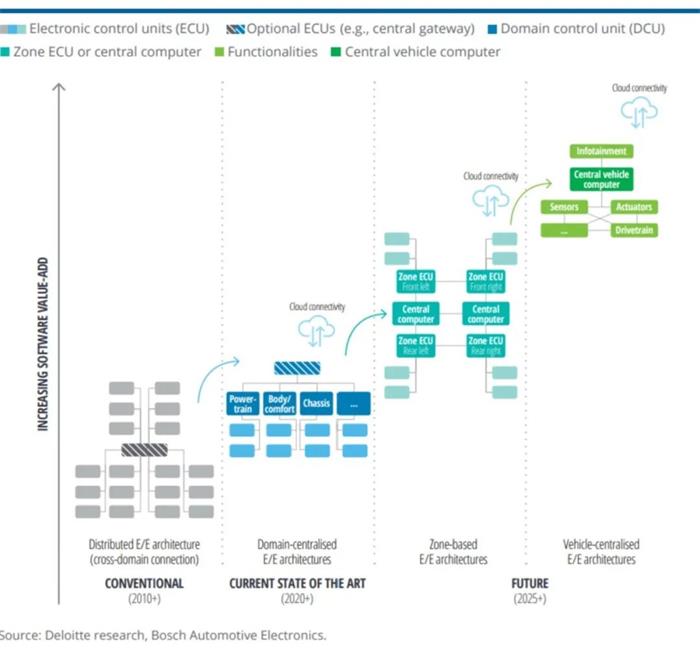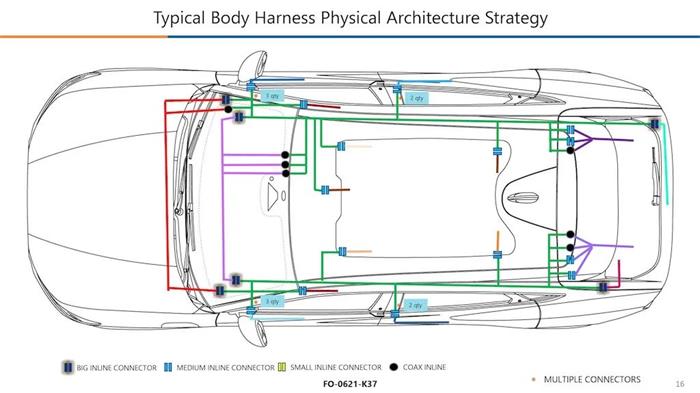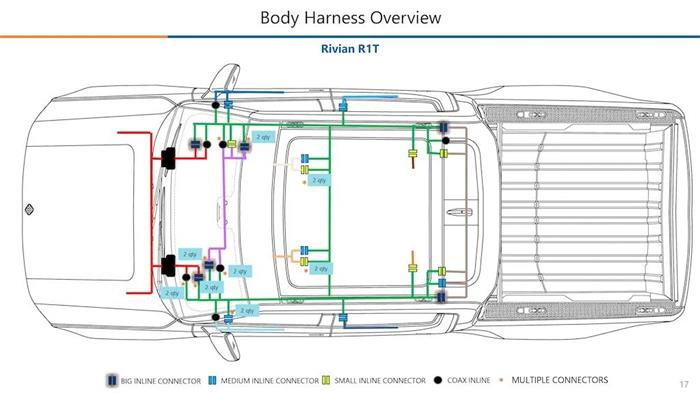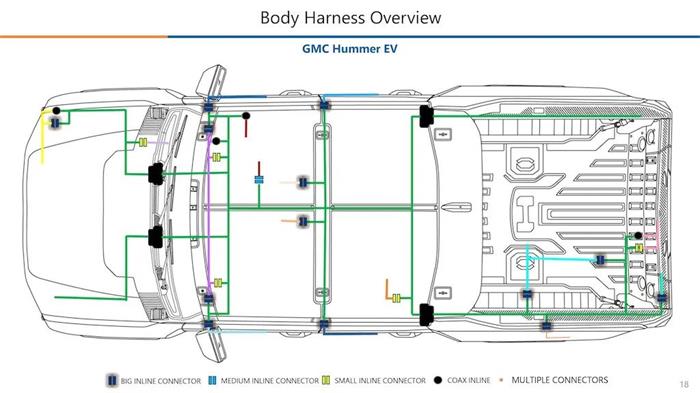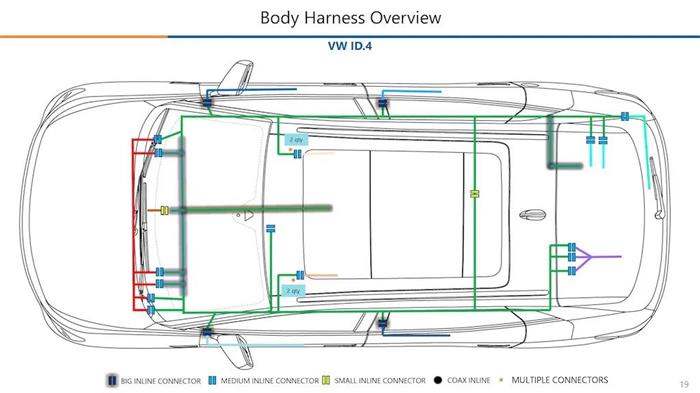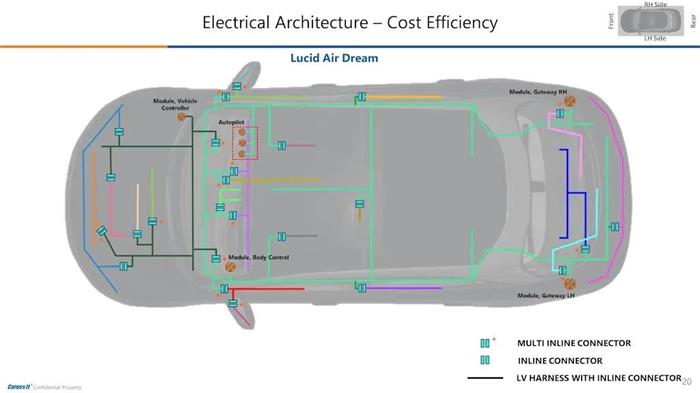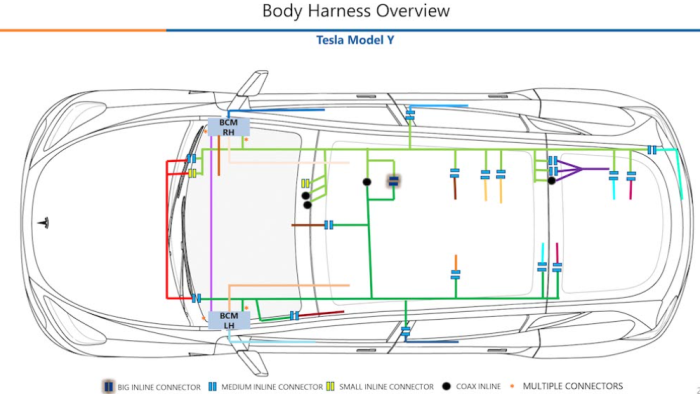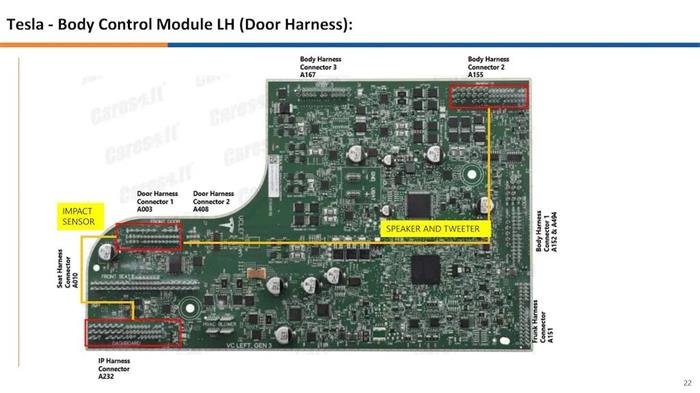The Trend Of Automotive Wiring Harness Architecture
The automotive industry has been seeking to improve design efficiency, which often foreshadows future trends in other products and industries.
In order to reduce the cost of waste, cars are dismantled in order to identify multiple inefficiencies. Firstly, it is to observe things from an integrated perspective, that is, how they are combined together. Secondly, analyze things based on norms and explore whether the design is overly specified. Finally, view the system from the perspective of overall product complexity.
I have seen the development direction of the automotive industry (Figure 1), shifting from traditional architecture to the current network-based architecture.
Figure 1: Traditional architecture shifting towards network-based architecture
In the current architecture, there is a box (ECU) for electric lifting doors, a box for HVAC systems, etc., all connected together through some type of CAN bus. However, as domain based concepts are further developed, the trend is moving to the right.
Figure 2 Typical Architecture of Vehicle Safety Belts
Green represents the main
wiring harness, red represents the front or engine compartment, and magenta represents the IP wiring harness. At the edge, it can be observed how the wiring harness is connected to the door panel, front and rear panels The A-pillars and B-pillars are connected to components such as the overhead and hatchback doors. All these different body belts need to be subdivided according to the fit of the vehicle on the assembly line.
This architecture forces the use of multiple interconnections (large inline connectors). Interconnection will result in additional work, additional costs, and potential warranty issues. But consumers have gained nothing. When inserting a lamp, consumers will receive a lamp. When inserting a module, the customer will receive a processor to perform certain operations. When connected due to the partition of the car, consumers will not receive any functionality. It enables cars to work, but does not add features or functions to consumers. Therefore, it is an important division between high value and low value costs. Both in vehicles and agricultural equipment, we hope to find the maximum value with minimal interconnection, as they do not add value.
Although the electric vehicle in Figure 3 is relatively innovative in the market and has some notable marketing selling points, the wiring harness design has not shown any substantial innovation or revolutionary progress.
Figure 3 Overview of Vehicle Safety Belts
The structure shown in Figure 4 may be guided by assembly protocols and has traditional body wiring harnesses, multiple IP wiring harnesses, and peripheral wiring harnesses, which are different from the general example. Similarly, it is not that the quality of this car is poor, but rather an observation and conclusion drawn from the perspective of efficiency in the direction of progress.
Figure 4 Overview of body wiring harness
Figure 5 is more unique, as the green body seat belt can be seen extending from the front to the rear of the vehicle, passing through the center. It extends to the car door without a separate front seat belt. Get rid of the front car seat belt by extending the body safety belt outward. Allow these interconnects to be disconnected and save costs to some extent. This indicates that General Motors is considering wiring harnesses in a broader sense.
Figure 5 Overview of body seat belts
The green body seat belt and the highlighted red IP seat belt are both seat belts of the same body. The green body seat belt is constructed using a large wire harness IP, which is then installed and deployed to the rest of the vehicle. It is responsible for the center console and moves up to the A-pillar and back to the rear panel, which is innovative and highly efficient in design.
The complexity of handling multiple wiring harnesses does not necessarily require simplifying the architecture, so this method of constructing wiring harnesses has been developed to help reduce some of the costs of their VIN based thinking.
These connecting cables are even more expensive, and it can be seen that there are no inline coaxial cables in the vehicle. The green body seat belt can pick up all the cables and run them as continuous coaxial cables from the top to the front, which can indeed save a lot of costs from manufacturing complex vehicles.
The innovation made by cars to break free from interconnectivity has been recognized by the industry as the industry standard for how to assemble vehicles. They reduce the number of large interconnections and simplify the overall design.
Figure 6 Overview of Vehicle Safety Belts
From the perspective of wiring harnesses, it is very traditional with many interconnections.
There are four basic car control modules. These elements make this special design of great significance in the discussion of efficiency. When we review Figure 1, it represents a shift towards a centralized architecture for automobiles. Enter the module here to understand that this level of regional central computing represents the latest architectural advancements.
Figure 7 Overview of body seat belts
From the perspective of wiring harnesses, it is believed that Figure 8 does not appear as revolutionary, including the main wiring harness and other wiring harnesses used for IP, rear panels, etc.
Figure 8 Control Module
One option on this car is a trailer connection, but apart from that, most of it is similar to the previous car architecture. However, it is possible to predict completely different assembly methods in automotive architecture combinations.
Dongguan Guanghui Electronic Technology Co., Ltd. is a more than 19 years of R&D experience
wiring harnesses factory in China. We can provide better economic solutions and innovative wiring harnesses for
automotive wiring harness,
communication cables,
medical cables and other cable assemblies. With the support of R&D engineering, we focus on turnkey solutions. Support OEM/ODM.
